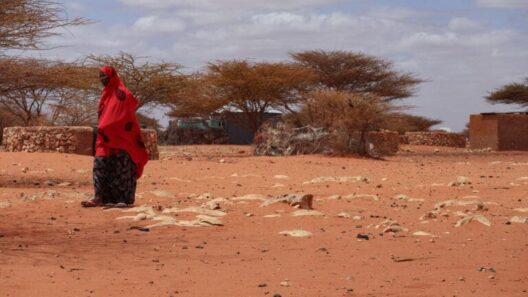Costa Rica, a jewel nestled in the heart of Central America, serves as a striking embodiment of tropical biodiversity and climatic complexity. With its lush landscapes, vibrant ecosystems, and diverse climates, this small country offers a microcosm of the tropics. This treatise delves into the multifaceted climate of Costa Rica, illuminating its characteristics, seasonal variations, and the resultant impact on both its environment and inhabitants.
To comprehend Costa Rica’s climate, one must first acknowledge its geographical positioning. Straddling the equator and bordered by both the Caribbean Sea and the Pacific Ocean, Costa Rica experiences an array of climatic conditions. The terrain is predominantly mountainous, leading to variances in altitude that create distinct microclimates. Elevation is a key determinant; higher altitudes usher in cooler temperatures, while lower areas bask in warmth and humidity.
Broadly speaking, Costa Rica’s climate can be categorized into two primary seasons: the dry season and the rainy season, which are known locally as “verano” and “invierno,” respectively. The dry season typically runs from December to April. During this period, the weather remains relatively stable, characterized by clear skies, abundant sunshine, and minimal rainfall. This is the peak tourist season, as visitors flock to the country to bask in the warmth and partake in numerous outdoor activities.
Conversely, the rainy season, commencing around May and culminating in November, brings about significant changes. Frequent downpours can occur, particularly in the afternoons and evenings, transforming the landscape into a verdant paradise. The rain not only nourishes the soil but also plays an integral role in sustaining the myriad ecosystems that thrive within Costa Rica’s borders. This season nurtures agricultural outputs and replenishes water sources, albeit with challenges such as flooding and landslides in certain regions.
Regionally, Costa Rica exhibits considerable climatic diversity. The Caribbean coast, with its tropical rainforest climate, experiences more consistent rainfall throughout the year. This uniqueness fosters rich biodiversity, preparing the ground for lush rainforests that are teeming with life. In stark contrast, the Pacific coast typically enjoys a drier climate, particularly during the extended dry season. The rich, dry tropical forests in places like the Nicoya Peninsula exemplify this climatic discrepancy, showcasing the region’s dramatic topographical and ecological variety.
Central Costa Rica, home to the capital San José, presents yet another climatic nuance. Its temperate climate, due to its altitude—around 1,200 meters above sea level—creates cooler weather that is marked by less humidity. This area witnesses a combination of both dry and rainy seasons, but often remains relatively mild compared to other regions.
Understanding the implications of Costa Rica’s climate is pivotal, particularly regarding its environmental policies and strategies for sustainable development. The government has prioritized conservation and reforestation efforts, recognizing the intricate relationship between climate and biodiversity. The preservation of rainforests, wetlands, and other critical habitats is essential for mitigating climate change and nurturing the endemic species that inhabit these ecosystems.
Moreover, Costa Rica’s commitment to sustainability extends to its energy sector. With a high reliance on renewable energies—particularly hydroelectric power—the country has become a model for environmental stewardship. The overarching influence of climate on energy consumption patterns and agricultural practices is evident, particularly in the innovative methods adopted by local farmers to adapt to seasonal shifts and environmental challenges.
As one traverses through Costa Rica, the impact of the climate is palpable in the flora and fauna. The country is renowned for its biological diversity; approximately five percent of the world’s species can be found within its borders. From resplendent quetzals in cloud forests to vibrant coral reefs in coastal areas, the climatic variances contribute to the expansive range of ecosystems. Each region’s climate fosters unique biota, enticing ecotourists who seek to engage with the natural splendor of the tropics in technicolor.
In conclusion, Costa Rica’s climatic tapestry is a powerful narrative woven from the threads of geography, ecology, and human endeavor. Each season brings its own adaptations and narratives, elucidating the resilience and beauty of a nation that thrives at the confluence of two oceans. Understanding these climatic intricacies is vital for anyone wishing to engage authentically with this extraordinary landscape. The vibrancy of Costa Rica’s ecosystems serves as a poignant reminder of the delicate balance of nature—a balance that demands stewardship and respect, especially in the face of climate change. Through conscious choices and collective action, the tropics can continue to flourish in their full, technicolor glory.








